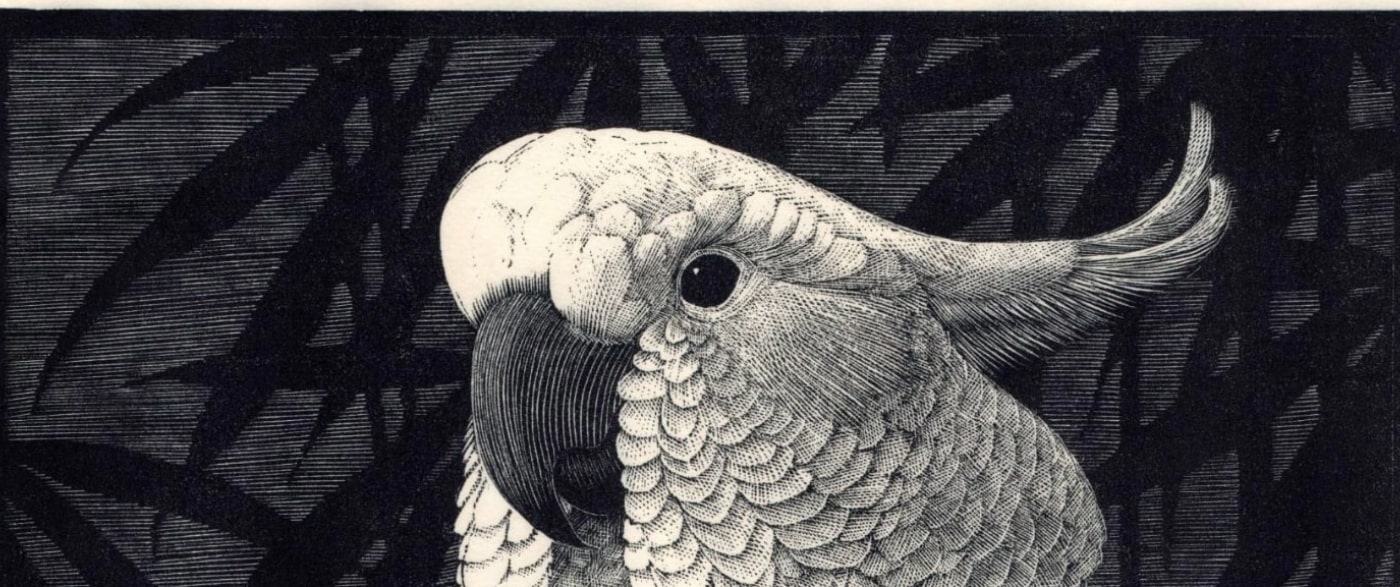Re-presenting Neglected 20th-Century Printmaking Practices

Researchers
Dr Harry Heuser
Professor Robert Meyrick
The Overview
Dr Harry Heuser and Professor Robert Meyrick facilitate an appreciation for, and understanding of, once prominent but now side-lined creative practices and the changing values they reflect. Retrieving, documenting and re-presenting a wide range of early to mid-20th-century cultural products, they generate public interest and engagement, demonstrably impacting on culture and society. While their catalogues raisonné serve as standard reference texts for collectors, dealers, auctioneers and museum curators worldwide, their exhibitions enable key cultural institutions such as the Royal Academy of Arts to extend their reach for the benefit of a broader, more inclusive audience.
The Research
Dr Heuser and Professor Meyrick’s investigative research challenges the ways in which cultural products are classified and historical relevance is determined. Underlying their research projects is the central question why some works, especially products existing as multiples or disseminated via mass media, are canonised while others fall into oblivion or face critical neglect.
Examining the historic circumstances and institutional forces that shape the production and reception of works of visual and material culture, they assess largely untapped primary sources and archival materials to demonstrate how legacies are constructed, practices abandoned and traditions rejected, how spheres of influence widen and reputations fade.
Their ongoing research for catalogues raisonné on British printmakers, which since 2012 has been undertaken in partnership with the Royal Academy of Arts, entails tracking down and closely examining thousands of works in public collections, private archives and commercial galleries to identify subjects and uncover their cultural and autobiographical references.
They have used comparable methodologies in piecing together the biographies of collectors such as queer Welsh dilettante George Powell (1842–1882) and artist-dealer Hugh Blaker (1873–1934), in order to uncover the rationales that underlie collecting practices. Open to the multiple and complex narratives this yields, their research has led to unexpected and wide-ranging discoveries.
The Impact
Broadening Public Interest
Providing a Trusted, Principal Source of Reference

Get in touch
As a University, we’re always keen to share our knowledge and expertise more widely for the benefit of society. If you’d like to find out more or explore how you can collaborate with our researchers, get in touch with our dedicated team of staff in the Department of Research, Business and Innovation. We’d love to hear from you. Just drop an e-mail to:
Research Impact Case Studies | Research Theme: Culture
